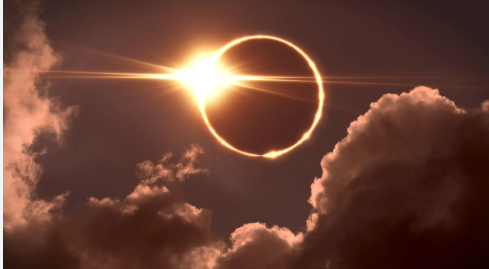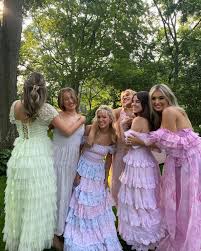
Solar eclipses have been happening for many years starting in March 1223 BC and continuing till now.
Solar eclipses can only happen during new moons because the moon’s orbit is tilted 5 degrees to Earth’s orbit around the sun creating the solar eclipse. But solar eclipses don’t happen at every new moon. With being able to see at least 2 solar eclipses per year but there can’t be more than 5.
There are 3 types of solar eclipses: Total solar eclipses, Partial solar eclipses and Annular eclipses. A total solar eclipse is when the moon passes between the Earth and Sun completely blocking the sun’s face creating a total solar eclipse. A Partial solar eclipse is when the moon passes between the Sun and Earth but the moon Earth and Sun don’t perfectly line up. And finally the Annual solar eclipse with being the rarest solar eclipse. Annular solar eclipses work when the Moon passes directly between the Earth and Sun, but does not completely cover the Sun’s disk.
Quick facts on solar eclipses
- Solar eclipses can last from 10 seconds to 7.5 minutes
- The last 100% solar eclipse was on September 10, 1923
- The reduction in solar radiation leads to a decrease in ionization
- During solar eclipses you start to feel colder
- During solar eclipses people have a broader, more collective focus
In the end solar eclipses are a very cool sight and a very big phenomenon.





